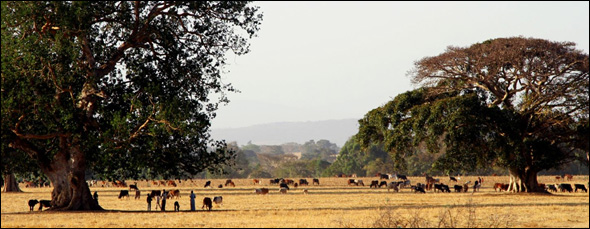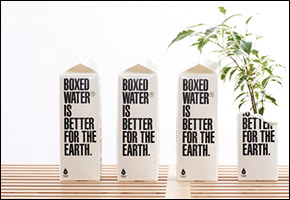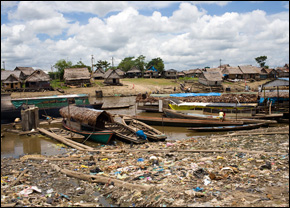Study Shows Malaria Infections Increase Near Ethiopian Dam
Reservoirs and stagnant streams created by dams can be conducive for mosquito breeding.
People living less than one kilometer of the Koka Dam in central Ethiopia are nearly three times more likely to get malaria than people living one to two km away, and nearly 20 times more likely to contract the disease than people living more than five km away, according to research by the Sri Lanka-based International Water Management Institute.
The study also found that better management of the water releases from the reservoir can reduce mosquito breeding grounds and decrease malaria transmission.
Dams have long been known to influence malaria rates in warm areas, especially in locations with a rainy season. Reservoirs create standing pools of water and stagnant rivers downstream of the dam—ideal breeding grounds for mosquitoes.
Sub-Saharan Africa comprises 86 percent of global malaria cases and 90 percent of deaths. A 2005 review estimated that 9.4 million people in the region had higher risks of malaria infection because of proximity to dams and irrigation systems, but it did not include data on disease transmission. The IWMI study is one of a few to quantify the effects of a specific dam.
The Koka Dam, of Ethiopia’s Rift Valley, was completed in 1960 and provides hydropower, irrigation and flood control. Researchers found that malaria rates were highest in communities living near the reservoir, but that the reservoir releases could be coordinated to reduce standing pools of water and dry out mosquito habitat.
Meanwhile other studies have corroborated this. Managing water flow to create conditions averse to mosquito breeding was an important factor in reducing malaria in the state of Orissa in northeastern India. A study of several villages in Orissa found that the construction of small dams helped to regulate rivers and decreased malaria rates.
The IWMI authors suggest that a health impact assessment should be completed in a dam’s planning stages along with an environmental impact assessment. Health assessments, however, are rarely included as the pace of water resources development increases.
Dam building is proceeding swiftly in many African countries. The Ethiopian government has promised to invest $13 billion in 10 hydropower plants over the next 10 years. There are also calls for more water storage in Africa to increase economic opportunity. Rain-fed agriculture supports 94 percent of the cropped acreage on the continent. A report released two weeks ago by IWMI at World Water Week in Stockholm called for an increase in water storage to increase agricultural productivity and protect farmers against climate change.
Source: IWMI Research Report 132: Malaria Transmission in the Vicinity of Impounded Water
Brett writes about agriculture, energy, infrastructure, and the politics and economics of water in the United States. He also writes the Federal Water Tap, Circle of Blue’s weekly digest of U.S. government water news. He is the winner of two Society of Environmental Journalists reporting awards, one of the top honors in American environmental journalism: first place for explanatory reporting for a series on septic system pollution in the United States(2016) and third place for beat reporting in a small market (2014). He received the Sierra Club’s Distinguished Service Award in 2018. Brett lives in Seattle, where he hikes the mountains and bakes pies. Contact Brett Walton







Leave a Reply
Want to join the discussion?Feel free to contribute!